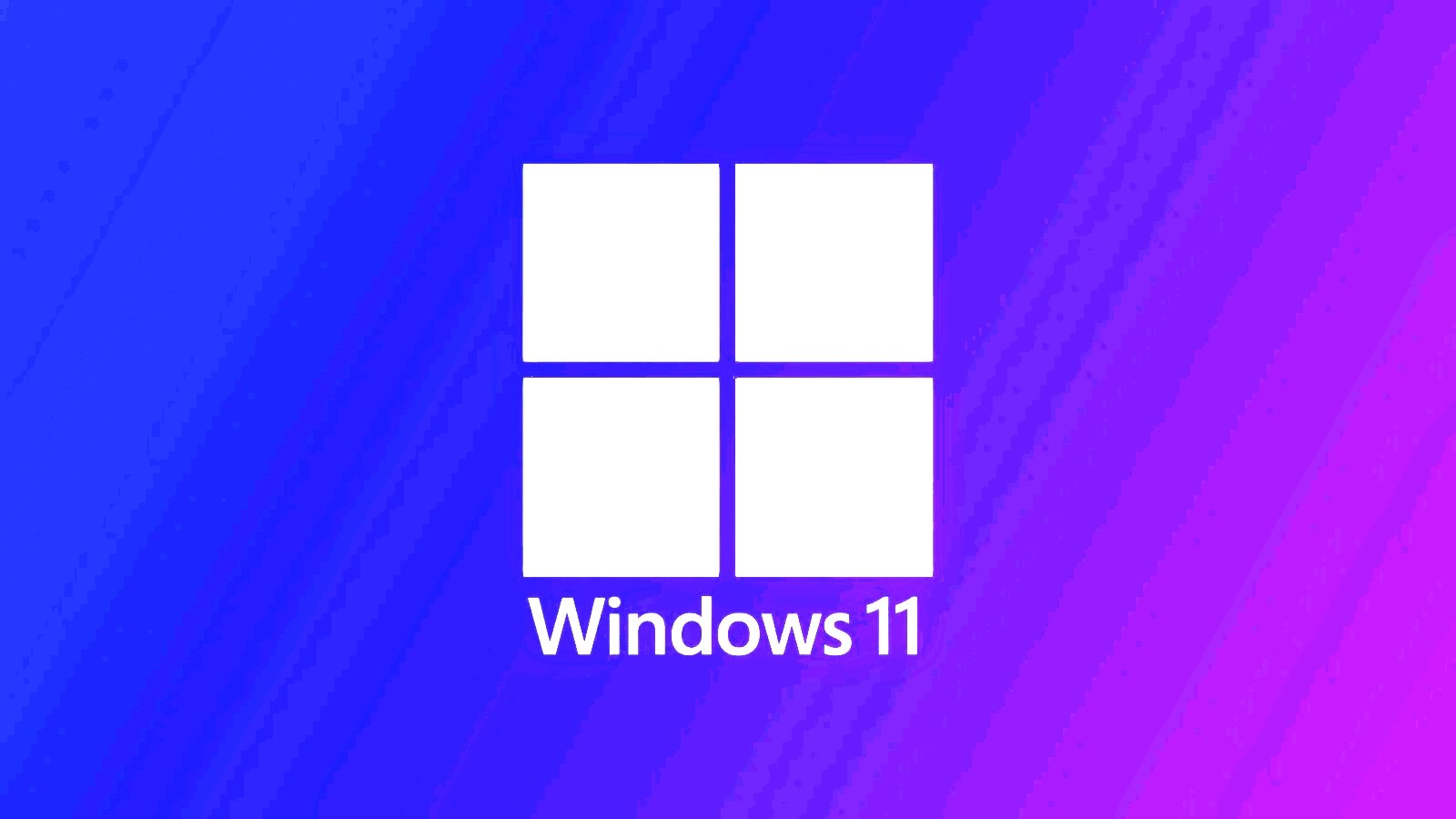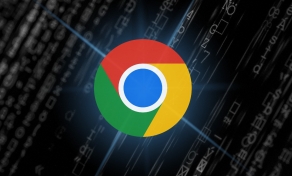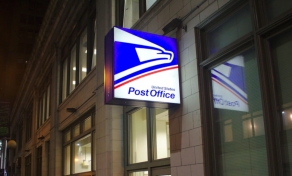
Microsoft has finally lifted a compatibility hold blocking Windows 10 users from updating to Windows 11 on systems with Intel Smart Sound Technology (SST) audio drivers and Intel 11th Gen Core processors.
The company first acknowledged in November 2021 that some Intel audio drivers (versions 10.29.0.5152 or 10.30.0.5152) were triggering blue screens back on Windows 11 21H2 devices when it also added safeguard holds blocking Windows 11 upgrades from being offered to customers on affected systems.
"Intel and Microsoft have found incompatibility issues with certain versions of drivers for Intel Smart Sound Technology (Intel SST) on Intel 11th Gen Core processors and Windows 11," the company said at the time.
"Windows 11 devices with the affected Intel SST driver might receive an error with a blue screen."
Another update block was added in September 2022 to prevent devices using the incompatible Intel SST drivers from upgrading to Windows 11 22H2.
Update blocks lifted two years later
While Intel developed and released SST driver versions 10.30.00.5714 or 10.29.00.5714, which resolved the issue months after Microsoft applied the safeguard holds, Redmond has only lifted them over the weekend after adding the fixed audio drivers to Windows Update.
"The issue is resolved by updating the Intel® Smart Sound Technology drivers to version 10.30.00.5714 and later, or 10.29.00.5714 and later," Microsoft said.
"For most users, updated drivers can be installed via Windows update by checking for Windows updates on your device. This is the preferred method of installing these and other drivers."
IT admins can use Windows Update for Business, Intune, or Autopatch to deploy the new Intel SST audio drivers and remove the update blocks on affected endpoints.
After updating to a driver version compatible with Windows 11, you should be able to upgrade to the new operating system. However, it's important to note that it may take up to 48 hours before the upgrade is offered, even if no other safeguards are impacting your device.
"We recommend that you do not attempt to manually upgrade using the 'Update now' button or the Media Creation Tool until you have performed the necessary driver updates," the company warned.
Microsoft began force-installing Windows 11 23H2 in February on eligible devices that have either reached or are very close to their end-of-service date.
This forced rollout comes after Windows 11 21H2 systems running multiple editions of Windows were also automatically updated to Windows 11 22H2 before reaching end of support in October 2023.



Post a Comment Community Rules
You need to login in order to post a comment
Not a member yet? Register Now